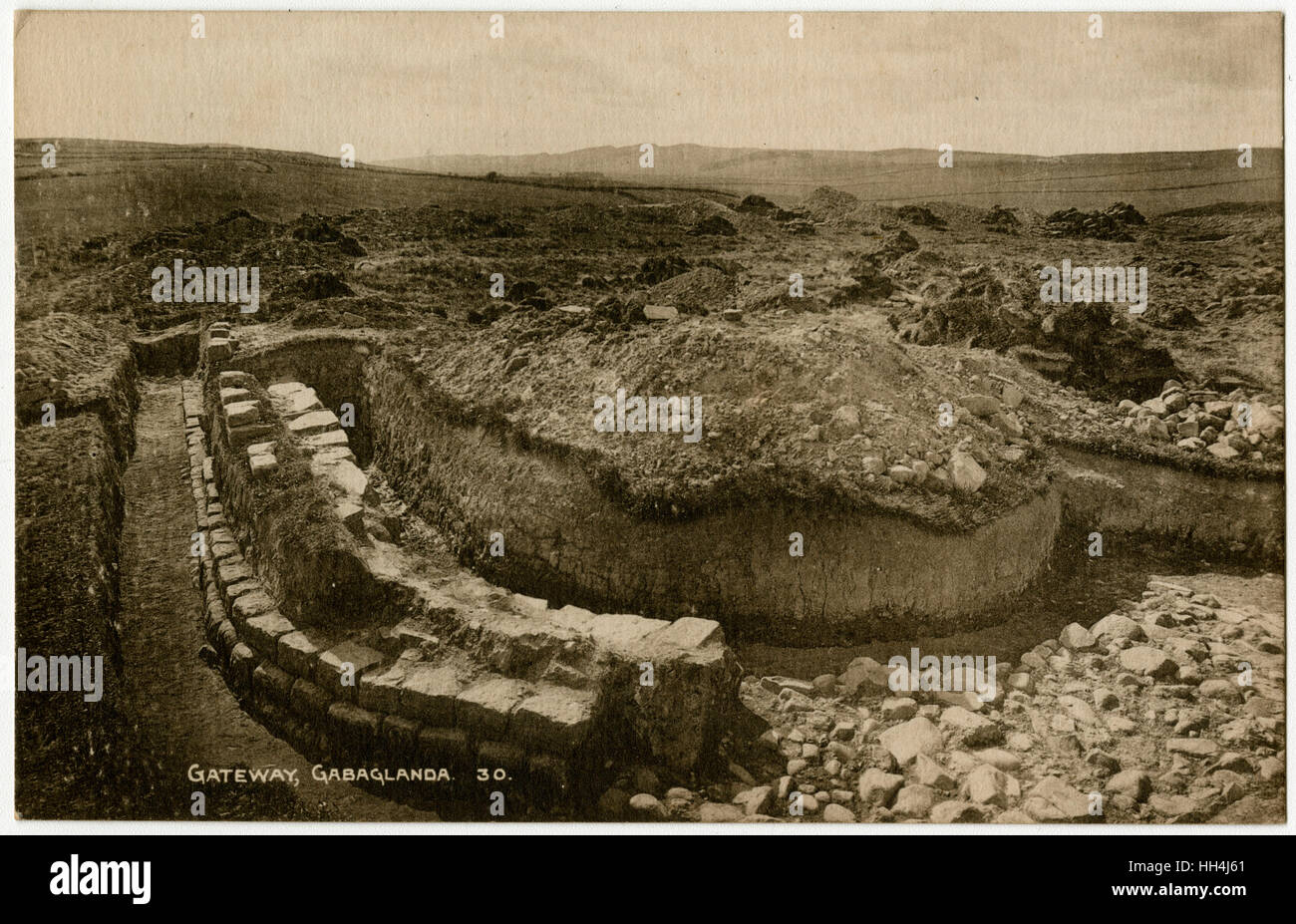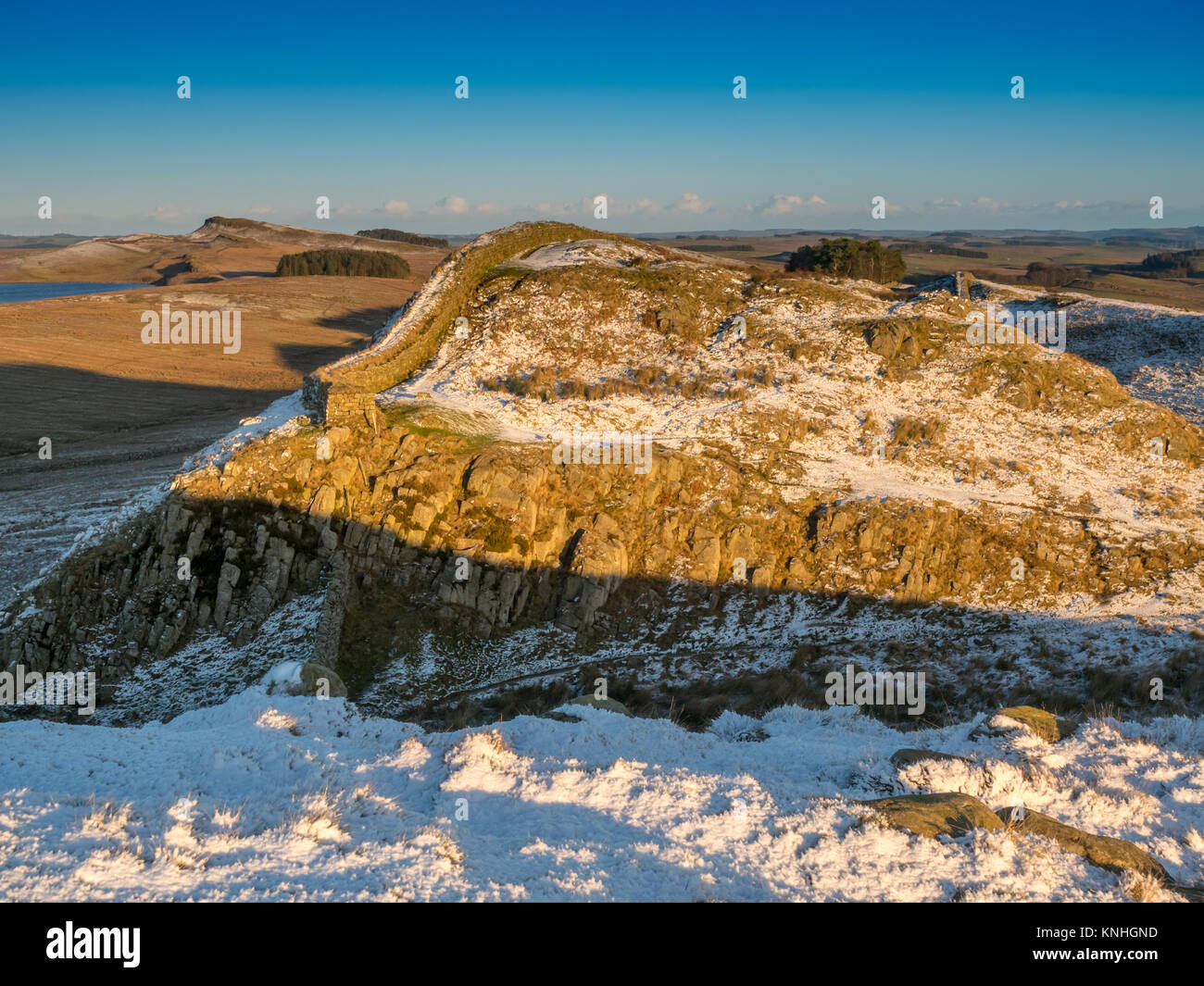

Through their excellent example and guidance, focusing on the strength and fragility of the Roman wall, we were each able to create our own movements whilst also trying out moves from the rest of the group, thereby building up a repertoire of movement experiences.


The weekly sessions, which were led by specialist dancers, proved to be stimulating and exciting. Therefore, we decided to give the Roman Wall project a try. However, we had been attending the ‘Get Moving’ class with Molly Grey and recognised the physical, mental and social benefits of dance. Neither of us had much previous dance experience other than the odd bop on the night club dance floor in our distant youth and we certainly weren’t used to public performances. Initially this was a fairly daunting prospect for both of us and was outside our comfort zone. This involved a 12-week development period supported by specialist dance practitioners. We took part in the Live Well and Dance with Parkinson’s Collective at The Sill as part of Hadrian’s wall 1900th birthday celebrations. This material may not be published, broadcast, rewritten or redistributed in whole or part without the express written permission of AncientPages.Michael Summerhill (person living with Parkinson's) and Pauline Summerhill (Carer and person living with the person living with Parkinson's) reflect upon their shared experience of coming out of their comfort zone and finding stimulation and excitement. Sutherland - Senior Staff WriterĬopyright © All rights reserved. It was only from the mid-19th century that archaeologists and historians began to study Hadrian's Wall or its still outstanding remains. In the following years, Hadrian's Wall became a quarry for the stone to build castles and churches, farms, and houses along its line. The latest coins found on Hadrian's Wall were minted in AD 403–6. Several temples were built to honor Jupiter and eastern mystery religions such as Mithraism.Īccording to ancient historical sources, a significant war occurred shortly after AD 180, when 'the tribes crossed the Wall which divided them from the Roman forts and killed a general and the troops he had with him.' The forts on Hadrian's Wall had a long life of nearly 300 years, and all continued to the end of Roman Britain into the early 5th century. After Hadrian died in 138, civilian settlements began to be built just outside the gates at Housesteads and other forts. Each had enough food stored to survive a year's siege. Hadrian's Wall appears to have continued in this form into the late 2nd century. Did this unusual feature of Hadrian's Wall serve for traffic between north and south, or was it built for protection?Īnother important building was the granary, with ventilation beneath the floor to avoid humidity and rot. Vallum, an earthwork to the south 120 Roman feet (about 35 meters) wide, consisted of a central ditch between two mounds. Occupied by about 10,000 troops, they controlled traffic between Caledonia and the Roman Empire. There were originally 12 prominent forts along the Wall, and a few others were added later to 17. Hadrian's Wall did not exclusively serve the purpose of protection when the Romans were not at war with the Caledonians, they traded with them. The construction would prevent raiders from the north from destroying the strategic Roman base at Corbridge in Northumberland. The emperor Hadrian visited Britannia in AD 122 and ordered his generals to build a wall from the banks of the River Tyne near the North Sea to the Solway Firth on the Irish Sea. Warfare, or the threat of it, was a fact of life.: three of Rome's thirty legions sat here waiting to test their mettle against the hostile tribes of the north." 1įamous Hadrian's Wall, also known as Picts' Wall, Vallum Hadriani ( in Latin), or simply the Roman Wall, was built on the northernmost fringe of the empire. Britain sat on the edge of empire, somewhat precariously, since half of the island lay within the sphere of "Barbaricum." It was not a sleepy, urbanized province like Greece, Italy, or North Africa. Foremost amongst them are the fortifications of Hadrian's Wall, which hints at Britain's place within the Roman Empire.

"The most impressive Roman remains in Britain today are military. The upright stones on top of it are modern, to deter people from walking on it. A view of Hadrian's Wall showing its length and height.


 0 kommentar(er)
0 kommentar(er)
